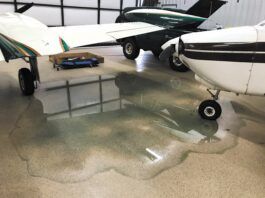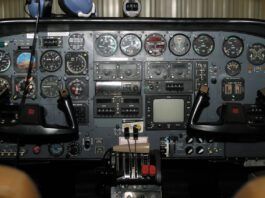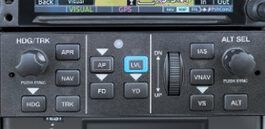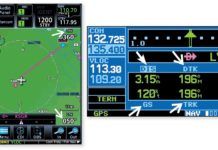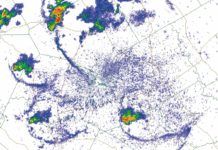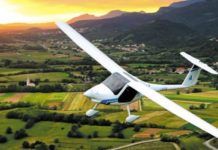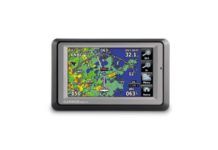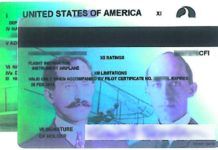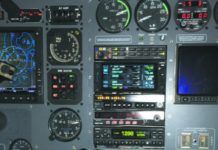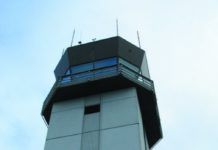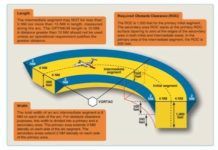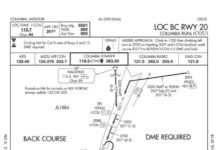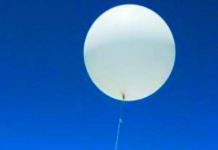Avionics Human Factors
Pilots were (and still are) over using automation, resulting in too much head-down button-pushing. The result was (is) an increase in situational awareness errors and loss-of-separation in particular. One flight crew got so absorbed entering a simple runway sidestep that they landed without a clearance. As the presenter advised, sometimes its better to reduce the level of automation for a given task. He summed it up nicely-were pilots, not automation managers; fly the plane first and keep up those manual skills.
Weather Rules of Thumb
All of these have different scales, ranging from hours and a few miles with the mountain breeze to thousands of miles and days to weeks with trade winds. Knowing which circulation normally affects your weather and which is dominant at the moment is what I would call one of the secrets to understanding the forecast. If the wind direction is normally 150 degrees on September afternoons, seeing 120 degrees tells you the wind is driven by something different.
On The Air: October 2018
Last week my wife and I departed Deer Valley Airport, in Phoenix in our Cessna 177RG. Before departing we received a complicated taxi clearance to what looked like a parking lot at the end the active runway. Deer Valley calls itself the busiest general aviation airport in the country with lots of flight training. The parking lot was just a run-up area, able to handle lots of planes.
Electric Airplanes
I first bought a hybrid electric car in 2006 that Ive just replaced with a plug-in hybrid electric car. The technology is amazing and gas usage is dramatically shifted to cheaper electricity. Every time I slow down, Im putting energy back into the battery to reuse. Thus, even when the car says I can drive 15 miles on the battery, if Im in stop-and-go traffic, I can usually count on a lot more.
Briefing: September 2018
With an expectation to hire 8000 pilots over the next 10 years, Delta Air Lines has developed new accelerated career-path options to help ensure it has plenty of applicants for those jobs. Delta conducted several years of research to create a pilot outreach and pathway program that will inspire and attract the next generations of high-quality talent, said Steve Dickson, Deltas vice president for flight operations. The new Propel program will provide community outreach, mentoring, and scholarships to help future pilots launch successful careers.
Readback: September 2018
Dont Mess with IceI enjoyed the Me Too letter by Harry Dill in the July issue. I think we tend to forget that moderate ice is not like moderate turbulence. It is right below severe. Also, we all talk about how unpredictable ice is, so having forecast or PIREPed moderate ice turn into severe is common. Oh, and really bad. Harry gave good consideration to clouds and icing, and he made it out okay. However, I would not mess with moderate ice at all. Stick with trace and light, and maybe the worst youll see is moderate. Harry can stop at our place in Maryland for a crab cake and wait for better weather on his way up coast from North Carolina.
Finally: Revised REGs
Back in May 2016, the FAA issued a notice proposing changes to Title 14 of the Code of Federal Regulations, commonly referred to by pilots as the FAR. They were generally favorable to pilots. Many had been discussed in the aviation press and by pilot groups earlier. In late June 2018, the FAA published the Final Rule incorporating the changes, some with modifications based upon comments received. Lets look at some of the changes, paying special attention to those relevant to instrument training and instrument currency.
Using Your Autopilot
The point here is that once George is flying, our mental paradigm becomes letting him fly and just telling him what to do. This occasionally results in way too much energy and button-mashing to make a last-minute change. Its ever so much simpler to be hand flying in the first place and, well, aim elsewhere. So, pick an altitude below which youll always hand fly. Perhaps its 1000 feet AGL, or maybe all the way down to 400 feet (but no lower).
One In or One Out
Before I can clear an airplane for a visual approach, I have to ensure the pilot has either the landing runway, the airport, or preceding aircraft in sight. Obvious, right? If youre landing on it or following it, ATC must ensure you can see it. For instance, if there are clouds in the way or the preceding aircraft gets lost in ground clutter or weather, theres no guarantee youll be able to safely navigate visually to the runway.
Ya Gotta Fly a DME Arc
A DME arc is a curved track at a constant distance around a facility that offers omnidirectional course information and DME, such as a VORTAC, VOR/DME or NDB/DME. This eliminates ILS or LOC DMEs. An arcs radius is 7- 30 NM and is 5-15 NM long, with 10 NM preferred. Thus, arcs can be lengthy and inefficient. The primary area required obstacle clearance is 1000 feet within four NM of the arc along the initial segment, with a 500-foot secondary clearance extending another two NM. In the intermediate segment, the clearance drops to 500 feet.
Back to Back
This is your third trip to Columbia, Missouri (KCOU), where youre flying in from the northwest in your trusty but basic Cessna 182. Equipment includes dual nav receivers, one glideslope receiver and DME. (For those of you watching at home, this is pre-RNAV Distance Measuring Equipment.) A portable GPS offers limited capabilities to navigate outside of your raw-data setup. No big deal; youve been flying this plane and panel for years and are a pro with ILS approaches. The filed route, which will be reversed to get home, departs from Watertown, South Dakota (KATY) and is: POEMS OTG V175 HLV.
Skew-T Log-P Diagrams
An upper air sounding from the Slidell, Louisiana, NWS site, located about 85 SM west of the accident site, depicted a moist low-level environment with saturated conditions from 500 feet AGL to 6000 feet with a capping inversion. The freezing level was identified at 14,700 feet. The wind profile indicated calm surface wind with wind from the south-southeast veering to the southwest and west through 18,000 feet. A low-level wind maximum or low-level jet was identified near 5000 feet at 215 degrees at 25 knots, with winds less than 10 knots below 1000 feet AGL.


